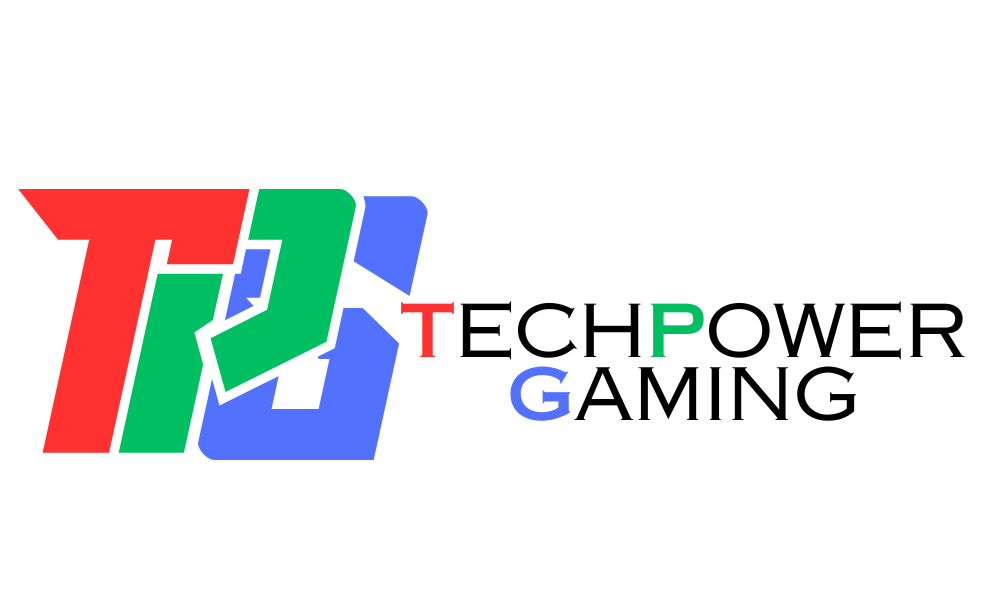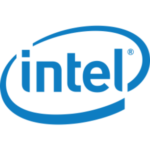The Evolution of Printers: From Dot Matrix to 3D Printing
Printers have become an essential part of our lives, enabling us to transform digital information into tangible documents. Over the years, printers have undergone significant advancements, revolutionizing the way we print. In this article, we will explore the evolution of printers, from the humble beginnings of dot matrix to the exciting world of 3D printing.
1. Dot Matrix Printers: The Pioneers
In the early days of printing, dot matrix printers ruled the industry. These printers worked by striking an ink-soaked ribbon onto the paper, creating characters composed of tiny dots. While the print quality was far from perfect, dot matrix printers revolutionized printing by offering a cost-effective solution for mass production. Despite their noise and slow speed, dot matrix printers were widely used for various applications, such as printing receipts, invoices, and basic text documents.
2. Inkjet Printers: Quality Meets Affordability
The advent of inkjet printers brought a significant leap in print quality. Using microscopic nozzles, inkjet printers sprayed tiny droplets of ink onto the paper, resulting in sharper and more vibrant prints. This technology made color printing accessible to home users and small businesses.
Inkjet printers offered several advantages, including faster printing speeds, quieter operation, and the ability to print on a wide variety of media. Furthermore, the affordability of inkjet printers made them a popular choice for everyday printing needs.
CLICK HERE for our wide range of Printers
3. Laser Printers: The Rise of Speed and Precision
Laser printers introduced a new level of speed and precision to the printing world. Instead of ink, laser printers used toner, a fine powder that was electrostatically applied to a drum and then transferred onto the paper. Laser printers produced high-quality prints at astounding speeds, making them ideal for businesses and offices with heavy printing needs.
Laser printers also brought additional features, such as duplex printing (printing on both sides of the page), network connectivity, and advanced paper handling capabilities. With their professional-grade print quality, laser printers became the go-to choice for those requiring crisp text and graphics.
4. Wireless and Mobile Printing: Printing On-the-Go
As technology advanced, so did the capabilities of printers. Wireless and mobile printing technologies emerged, allowing users to print from their smartphones, tablets, and laptops without the need for cables or direct connections. With the rise of cloud storage and email integration, users could conveniently print their documents from anywhere, at any time.
Wireless and mobile printing has not only made printing more convenient but has also paved the way for new printing applications. From printing directly from social media platforms to printing high-quality photos on dedicated photo printers, these advancements have added a new dimension to the printing experience.
5. 3D Printing: Shaping the Future
Perhaps one of the most groundbreaking advancements in printing technology is 3D printing. Also known as additive manufacturing, 3D printing allows the creation of three-dimensional objects by layering materials on top of each other. From prototypes for manufacturing to customized products and even medical applications, 3D printing has the potential to revolutionize industries across the board.
With 3D printing, users can transform digital designs into physical objects, expanding the possibilities of what can be created. From plastic to metal and even biological materials, 3D printers are transforming the manufacturing landscape and pushing the boundaries of innovation.
Conclusion
The evolution of printers has been marked by technology advancements that have greatly improved print quality, speed, and convenience. From the dot matrix printers that laid the foundation, to the versatile inkjet and laser printers, and the exciting potential of 3D printing, printers continue to shape the way we interact with the digital and physical worlds. As technology progresses, we can only imagine the incredible possibilities that lie ahead for the printers of tomorrow.













